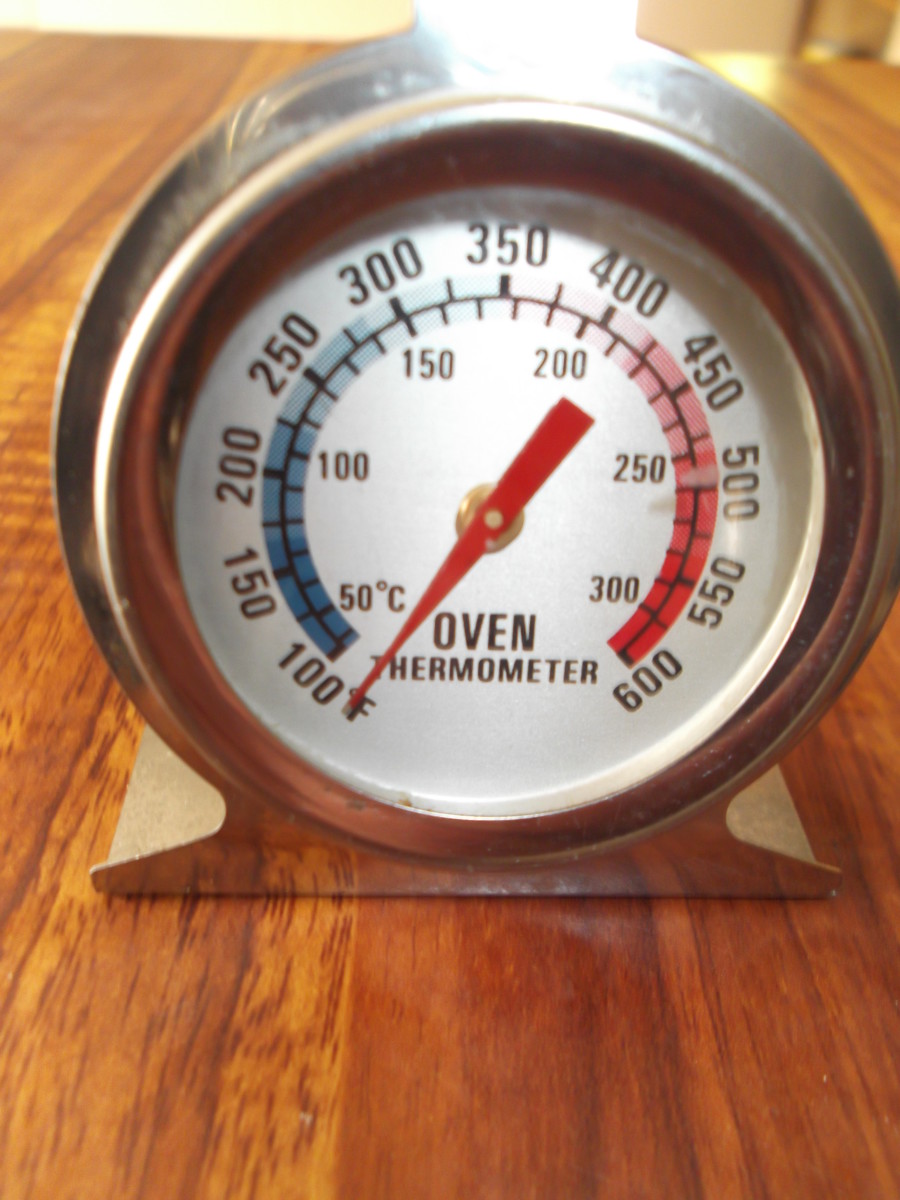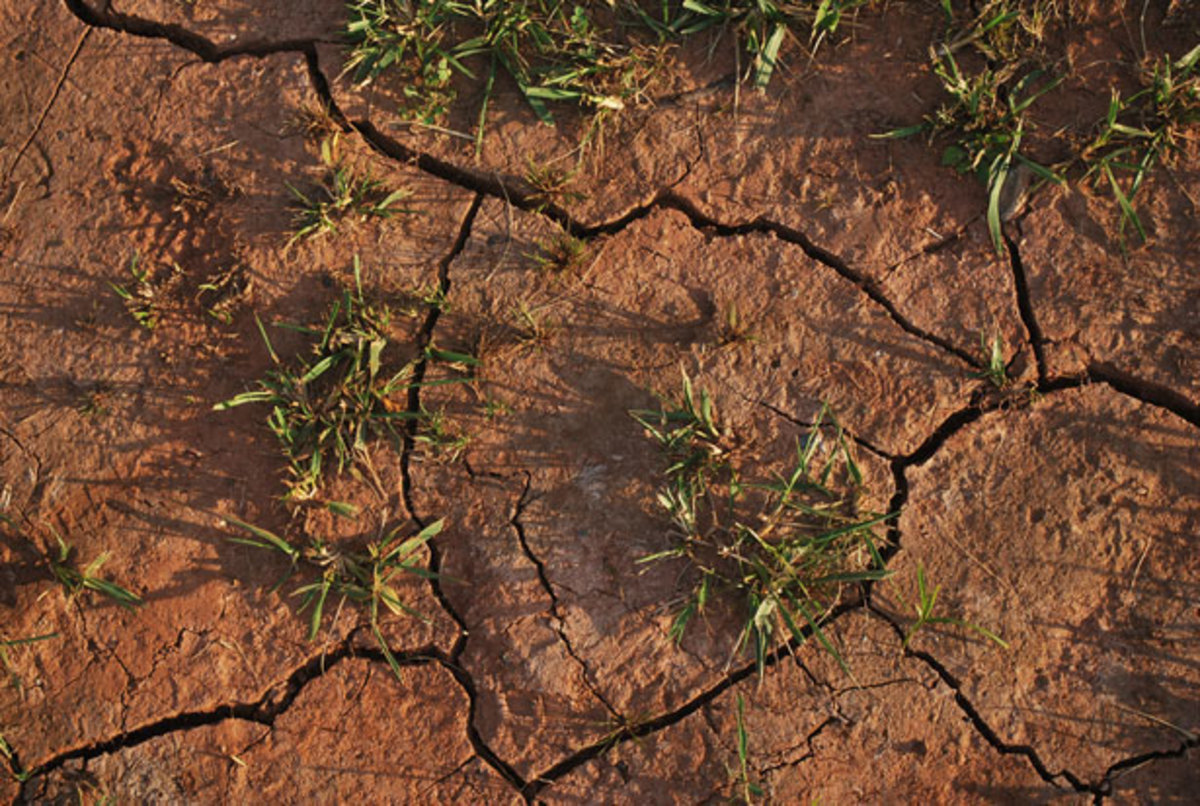Becoming Self-Sufficient: An Introduction
What is Self-Sufficiency?
It seems to be all the rage now, but self-sufficiency dates back thousands of years. Humans have been living off the land ever since we evolved. It has only been the last century where we have become dependent on chain department stores and grocery stores, and not taking responsibility for our own lives.
Becoming self-sufficient does not mean you have to go back to the times when there wasn't electricity in every home, or no indoor plumbing. It simply means you are living within your means and are able to survive without depending on utility companies, a full-time job away from home or the grocery store for all of your food.
I recently read an article on the Mother Earth News website that talked about combining some of the modern technologies with sustainability. I agree completely, as without the power of the online world, I would not be earning the money I do. I am a writer, and without having access to writing sites and being able to self-publish my books online, I would still be struggling to make my first dollar.
What Does It Take?
If there were a major power outage today, could you survive for days or weeks until it was restored? If you answered yes, then you are undoubtedly living a self-sufficient lifestyle now. If you answered no, then you are in trouble.
Relying on others is taking the easy way out. Providing for yourself is a lot of work, but also the most rewarding. It takes commitment, patience and perseverance to set up a home that is basically self-contained. I'm not saying you have to give up the convenience of the power lines providing your electricity, but you do need a backup plan in case of a major outage.
What Do I Do?
One of the first steps to self-sufficiency is evaluating where you are now, and where you want to be. If you live in a metropolis but long for the country, then make your plan on how you're going to achieve the dream.
- What are you willing to give up?
- What do you want in your modern, self-sufficient home?
- How far from the city do you want to live?
- Are you able to utilize the skills you have to build a home, or will you be buying one?
- Do you have a green thumb now, or is growing your own food completely foreign to you?
The above are just a few of the questions you must ask yourself when planning your lifestyle change. Also note that becoming self-sufficient does not mean you have to move into the wilderness, but rather being able to provide for yourself.
Cabin or Mansion
What's Next?
After you have evaluated your current situation and made your plans, it is time to start taking the steps to get there. It will not be a change you can make overnight, so allow yourself the time to get from Point A to Point B. If it takes you a year to get there, that's alright. The key point is to set a goal and take the steps to get there one at a time.
If you are planning on moving from the city to the country, the following list will give you a good starting point on what to do. If you have no intention of changing where you live, you can still make changes to how you live.
- Secure a piece of property. Owning your land is important when it comes to being self-sufficient, as you have much more freedom in terms of how it is used.
- Draw the layout of the land as it is to begin with, and what changes you will be making (house, garden area, livestock pens, barn, and so forth).
- How are you going to heat your home? Wood, natural gas, propane, solar energy, etc?
- Decide what you can do without when you relocate. Do you really need a 5 bedroom/6 bathroom home?
- Growing your own food is essential, so one of the first things you should do is make your garden beds and plant them (see my Hub on Becoming Self-Sufficient: Gardening).
- Install your source of electricity (solar panels, generator, wind turbine). You can use any one of these alongside the utility company if you wish, but I suggest off-grid.
- When designing your off-grid home, you will want to make the most of the space you have yet still be comfortable. Cathedral ceilings are nice, but heat rises and you will be wasting energy to heat space that isn't used.
- Are you going to raise your own livestock for meat, milk and fiber? You will need to build pens and shelter to protect your investment from natural predators (and to keep them in your yard as opposed to your neighbour's).
As you can see, there is a lot to consider when planning for a major change. This Hub has only touched on some key points; there is so much more to it.
Getting Where You Want to Be
As the previous paragraph stated, there is a lot to consider. If you have read this far, then you are undoubtedly seriously considering changing at least some of your lifestyle. As I said before, it will not happen overnight so don't get discouraged if you have some hiccups along the way.
- Planning is key to getting started, but implementing your plans is what is going to get you where you want to be.
- Secure your property.
- Spend as much time as you can working on your new project, but don't forget to take time to relax. Think of your venture as year-round camping, but with a house instead of a tent or holiday trailer.
- Build your energy efficient home (details will be in another Hub).
- Get your family involved in the process. Even toddlers can help with yard cleanup.
- Set aside funds specifically for your venture.
- If you are relocating, consider your employment status. Will you still be within driving distance or will you earn your income from your home?
- Chances are you already possess many of the tools and skills you will need to be self-sufficient. Use what you have, buy or borrow what you need, and reap the rewards.
Making changes gradually will help you and family members adapt easier to your new lifestyle. You will not have to give up your favourite television programs, the internet or your smartphone; you will just have to be more savvy in conserving energy so you can still use them. (More on that in another Hub.)
More to Follow
This Hub is only an introduction to self-sufficiency. There are many more to follow in the coming weeks. As gardening is one of the first steps to take, I have the Hub written and published. In all honesty, the gardening Hub was done before the Intro.
The list below is only a fraction of what topics will be covered. Follow me so you don't miss each new Hub.
Becoming Self-Sufficient:
- Gardening
- Building Your Home
- Conserving Energy
- Heating Your Home
- Providing Electricity
- Living Within Your Means
- Livestock for Food and Fiber
- Working the Land
- ...and more
My Personal Note
I grew up on a farm without many of the amenities available today, so living off the land is nothing new. After over two decades of living in towns and cities, I was able to go back to the country. Gardening and raising animals (alpacas only at this point) have been my first steps in my own journey to self-sufficiency. Summer 2015 will bring us closer to owning our own piece of heaven and implementing much of what I knew as a child.
We'll still have our internet, satellite TV and cell phone, but the grocery bills are lowering each year and we are one step closer to having an alternative heat source. (We currently rent a home that is forced air heated; not the best when the power goes out.)
Join me as I share my experiences, both past and present. We are in this together.




